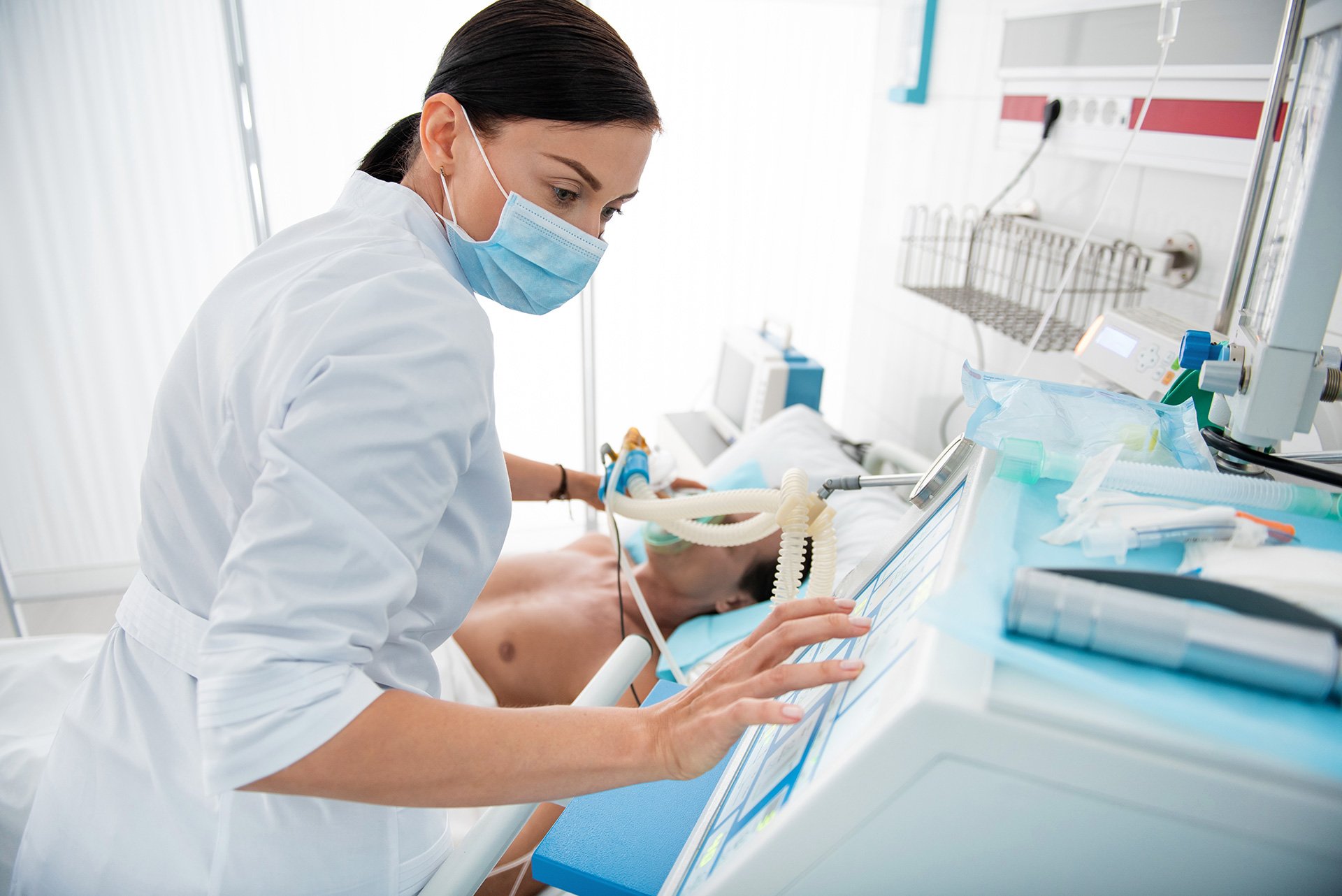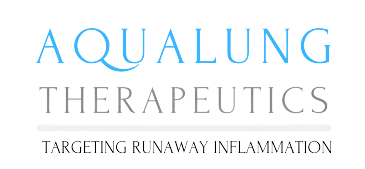
Acute Respiratory Distress Syndrome (ARDS)
Acute lung injury (ALI) is a common condition characterized by acute respiratory failure and severe hypoxia. The term ALI encompasses a continuum of clinical and radiographic changes that affect the lungs with the acute respiratory distress syndrome (ARDS) representing the more severe end of this continuum. Despite advances in understanding of the pathophysiology and management of ALI, it is still associated with a high mortality. There are over 400,000 new cases of ARDS a year in the United States and there is a ~30-40% mortality rate for these patients. This is a significant unmet medical need.
ARDS Causes
The causes of ARDS are not well understood. Either direct or indirect injuries can cause ARDS. Direct injuries include: pneumonia, inhaling stomach contents (aspiration), breathing in harmful fumes or smoke, and injury to the chest that causes bruising of the lungs. Indirect injuries include: severe and widespread bacterial infection in the body (sepsis), severe injury to the body that causes low blood pressure, bleeding that requires blood transfusions, and inflammation of the pancreas (pancreatitis).
ARDS represents a significant health burden. Despite numerous efforts to identify effective treatments, few have been successful. As a result, considerable attention has now been given to the prevention of ARDS.
Risk Factors
It is not known by the researchers regarding who will develop ARDS.
Transfusion of blood: products such as packed red blood cells, fresh frozen plasma, and platelets are risk factors of developing ARDS.
✓ Sepsis: Patients with widespread infection such as Sepsis are at high risk of developing ARDS.
✓ Physiological factors: Several Physiological risk factors such as blood acidemia, hypoalbuminia, low respiratory compliance, and high lactate also increases the chances of developing ARDS.
✓ Alcohol: Consumption of alcohol increases the risk of developing ARDS. It is found that patients with history of chronic alcoholism are at higher risk of developing ARDS.
Insights
Insights into the devastating pathobiology of acute respiratory distress syndrome (ARDS) and ventilator-induced lung injury (VILI) have been incremental at best, and viable therapies have not yet been realized. We previously utilized genomic–intensive approaches to identify NAMPT, encoding nicotinamide phosphoribosyltransferase (NAMPT) as a novel VILI/ARDS gene target. Excessive mechanical stress elaborated by exposure of inflamed lungs to mechanical ventilation is a potent stimulus for NAMPT expression in the lung and secretion into the bloodstream. The NAMPT gene binds to the Toll-like receptor 4 (TLR4) which is a major lung inflammation-producing receptor. We demonstrated that excessive mechanical stress by a ventilator induces spatially-localized NAMPT expression. NAMPT is detectable in the blood and as these eNAMPT levels and NAMPT promoter polymorphisms (SNPs) increase, they are associated with ARDS severity (increased ventilator days, ARDS mortality).
ALT-100 Benefits
Given this essential role in Acute Respiratory Distress Syndrome (ARDS) and Ventilator Induced Lung Injury (VILI), Aqualung Therapeutics Corporation has developed a human therapeutic monoclonal antibody (mAb), known as ALT-100 to treat ARDS/VILI. Delivered intravenously ALT-100 neutralizes circulating NAMPT, thus reducing the incidence of ARDS/VILI and potentially improving survival in the critically ill and in patients undergoing complicated surgeries. ALT-100 is an innovative mAb therapy, that is designed to be prophylactically-administered at the time of patient intubation, and placement on Mechanical Ventilator (MV) (i.e. before ARDS/VILI develops). This approach distinguishes ALT-100 therapy from the many failed drugs that targeted a single inflammatory cytokine (i.e. TNF-a, IL-1b, IL-6 etc.) and were delivered after the presence of established lung injury and inflammation. Because levels of multiple cytokines are already markedly elevated, a process known as “cytokine storm”, these single cytokine-directed therapies were ineffective in reducing inflammation. In the absence of a currently effective therapy to treat ARDS/VILI, and with unacceptable ICU mortality rates ALT-100 mAb therapy will create a new market and is expected to improve outcomes, drive healthcare cost reductions, and provide cost savings to hospitals and insurers. These attributes will allow ALT-100 to be established as the standard of care further driving additional market penetration. Given that mechanical Ventilation (MV) is routinely used in hospitals for both simple and highly complex surgeries (over 20 million cases in US/year) and in the ICU (1.1 million cases in US/year), ALT-100 will likely disrupt this untapped market and address an unmet medical need in the critically ill.
